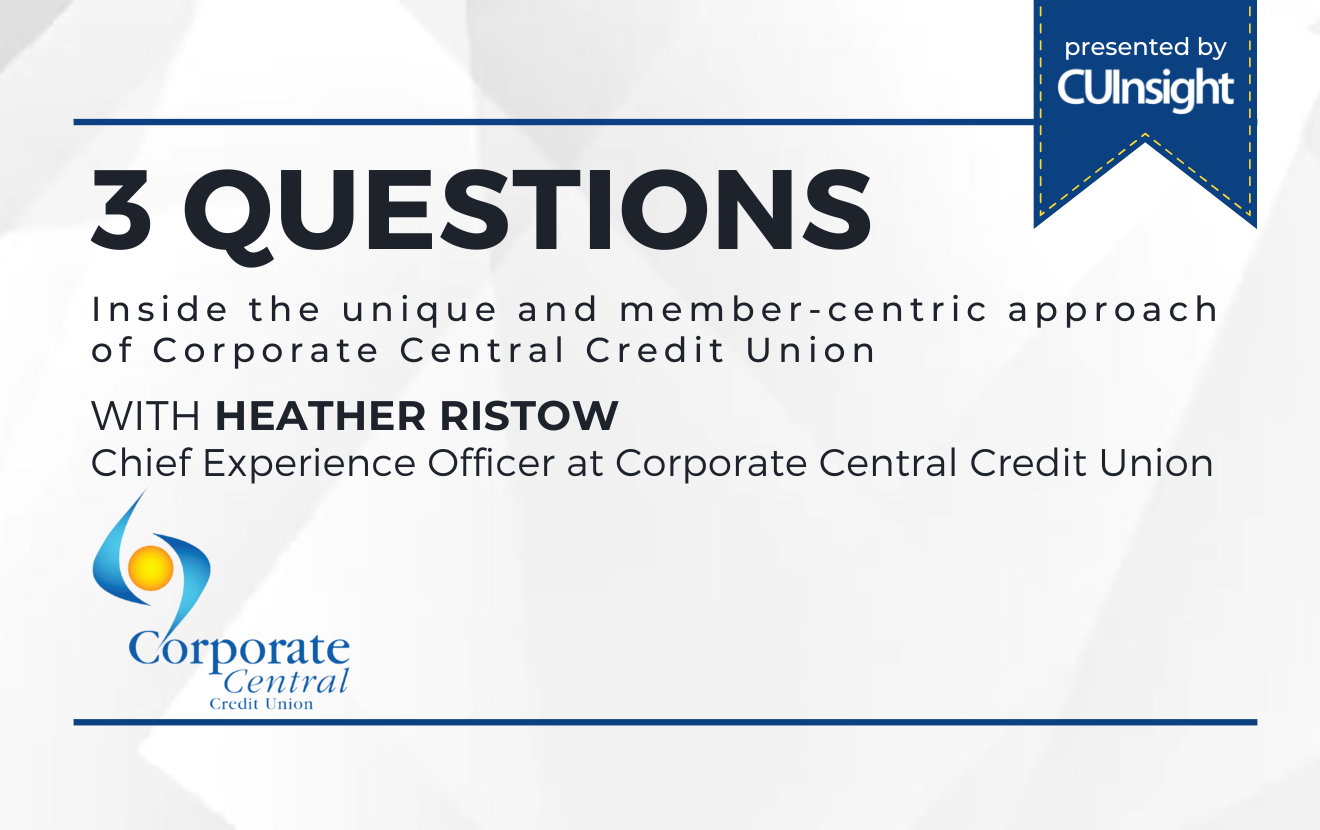For many credit unions, "getting on social media" is defined as a goal. Just getting on the social media bandwagon is simple--anyone can create a Twitter or Facebook account. The difficulty lies in building and maintaining the relationships developed as a result of these unique social channels. So, if social media isn't a "goal," what is it?
No matter the channel or platform--Facebook, Twitter, LinkedIn, Google+, Pinterest, Instagram, blog, Tumblr, etc.--"social media" is a tactic, a means to an end. Therefore, social media platforms should be used as tools to help fulfill or support credit union goals. You might be asking what credit union goals are social media platforms equipped to support? In my 18+ years of working with credit unions on defining strategy, I've come to appreciate that there are three overarching goals common to every credit union. They are: service, growth, and education.
Every healthy credit union desires success in these areas, and social media platforms are effective means to help credit unions meet these objectives. In this three-part series I will explore each goal, and the ways in which social media platforms can be used to support them. Regardless of your chosen platform, these three common goals apply across the board and are applicable to one and all platforms. I'll begin with service.
Despite all of the flowery language usually associated with the concept, service is simply maintaining an effective responsiveness to member/potential member needs, questions, and concerns. Service exchanges are also almost always initiated by members/potential members, and often involve interactions such as transaction requests, product questions, problem resolution, and other similar issues.
While credit unions would be unwise to take and process transaction requests via social media platforms, these platforms are perfectly suited to support many other service situations. For example, every single one of the following non-transaction, service-focused questions and comments can be addressed via any given social media platform:
What time does the branch close?
Is the line in the branch long right now?
Am I qualified to join?
How do I get a mortgage?
I had to wait forever to deposit my check!
Interestingly, many consumers are beginning to expect service responses from brands via their social media platforms. How many times have you heard stories of frustrated airline passengers tweeting the airline their concern and the airline responds? That certainly beats calling customer service and waiting on hold for hours on end to register a complaint. In fact, even a simple search on the words "credit union" on Twitter turns up multitudes of members asking questions, expressing frustrations, and looking for general help, and some even seeking transaction assistance. Social media platforms allow for real-time problem resolution, or at least the next link in the communication chain.
Credit unions can and should use social media to interact with members, and seek to address as many service-related concerns as is possible using their platform(s) of choice. The two most important reasons why are:
- Consumers are looking for assistance via the same channel in which they reach out.If a member came into a branch to ask about the hours of operation and we told them we'd call them to let them know, that's similar to having a member initiate a service opportunity via Twitter and us telling the member to call us for more information in response. If we are going to open the door of communication by creating branded social media accounts, we must be willing to see the requests through to completion as best we can via that same channel.
- Your response becomes part of the public record and leaves a legacy of the kind of service you offer as an organization. Archived forums, tweets with the same hash tags to identify a particular topic of conversation and the like are valuable records for members and potential members to mine should they have similar questions. And, your members will learn how truly plugged in you are as a brand as you respond quickly and thoroughly to their comments--or not.One credit union executive I recently spoke with said that her staff was pulling some portion of their credit union's social media account management away from marketing and into their call center so staff could more quickly respond to service opportunities. She recognizes the importance of the social media channel as it relates to their goal of superior service.As a reminder, the opportunity to deliver service is presented to credit unions because of the member's initiation. However, not all opportunities to engage in social media interaction are at the behest of members. In part 2 of this series, I'll take a look at leveraging social media platforms to drive growth, which happens as a result of member initiation and credit union initiation, as well.







